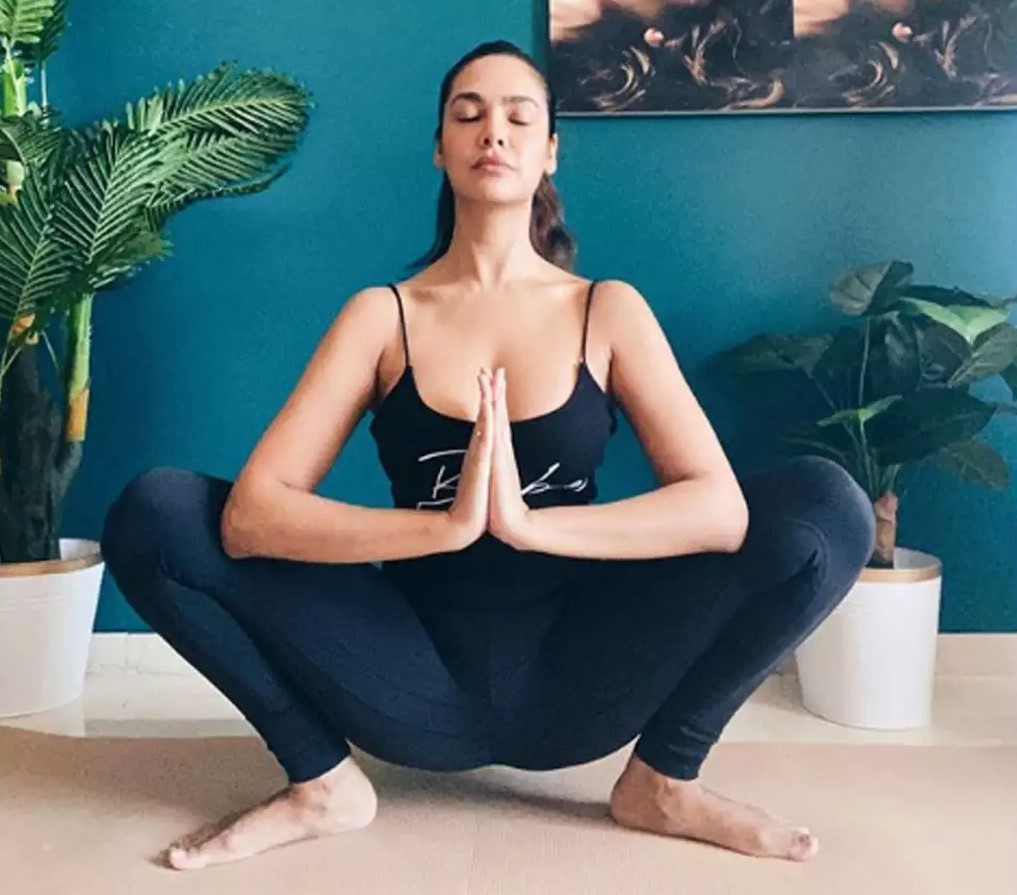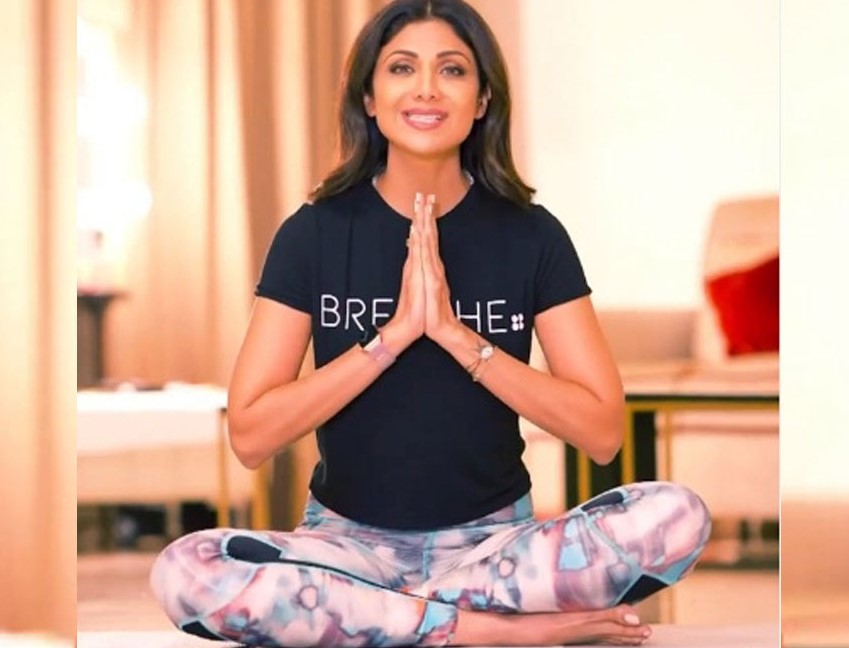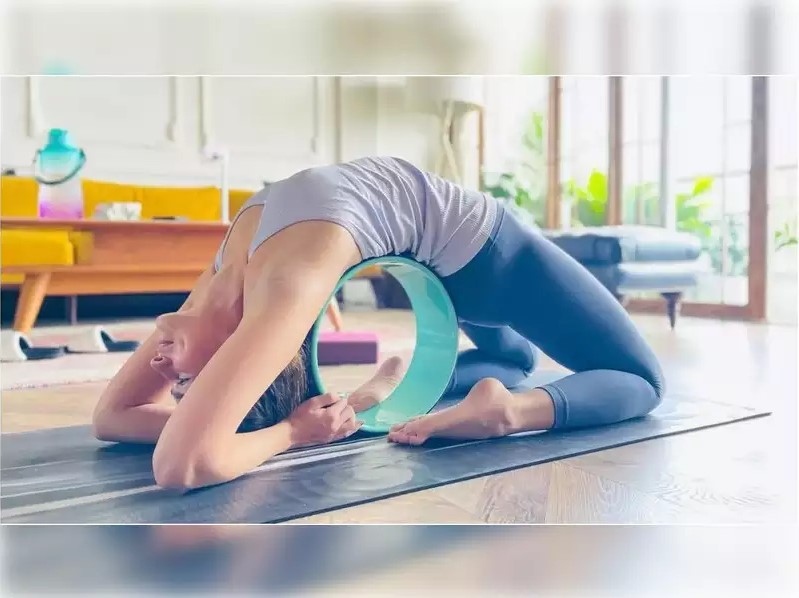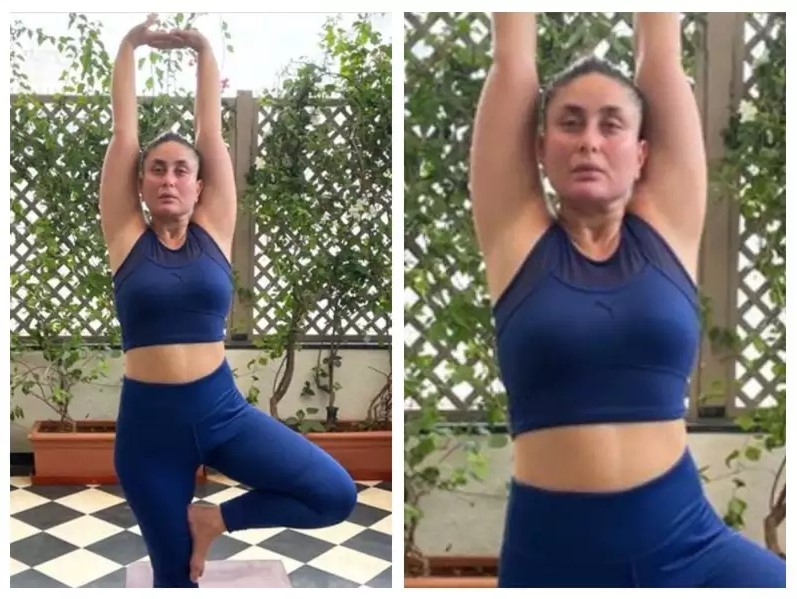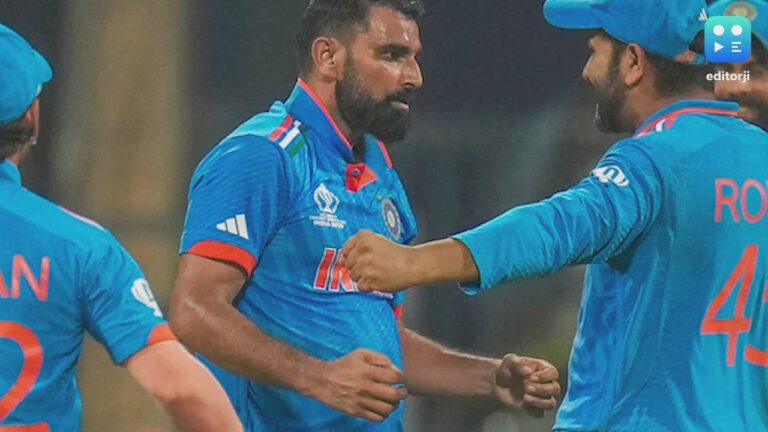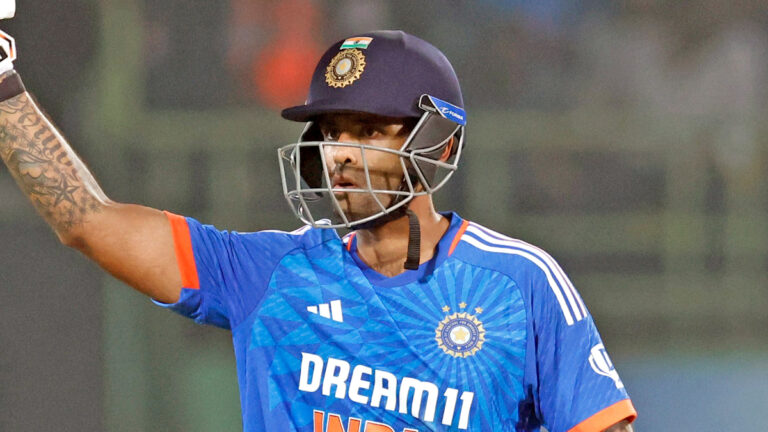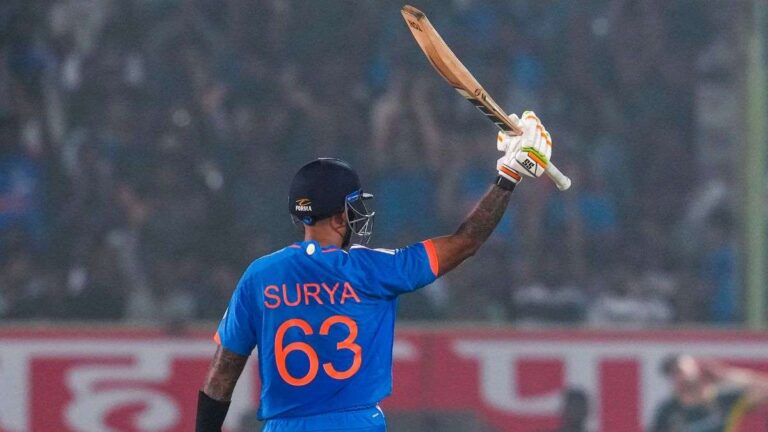Especially in the last two years there has been an unprecedented increase in people from urban India who have signed up to cycle
Photographer Kunal Daswani and his friends were regulars at Chennai’s Presidents Club. Cue sticks in hand, they chatted around the snooker table, the sharp taps of the colored balls interrupting the conversation. When the pandemic forced almost every place in India to close for several months since March 2020, Kunal was missing two things: a sport he liked to play and a social circle. Both were essential during the lockdown – for physical and mental health – yet difficult to participate. Then he did something that changed his life: he rode his brother’s bicycle.
“My brother had a cycle. He said it’s a good sport, but he didn’t really like it. So I took the bike once or twice. I started to really like it,” he says. Cycling was one of the few outdoor activities allowed during the lockdowns. Soon, his snooker gang began to gather for early morning rides.
Kunal, 39, calls this a life-changing activity because it helped him, among other things, wake up early, lose excess body weight, optimize his heart rate, improve his mood, come up with creative ideas and make new friends. The car-free rides also gave him the opportunity to explore the city more extensively than before.
He is one of many people across India who started pedaling during the pandemic, especially for recreation. Although exact numbers are not available, cycling enthusiasts and industry analysts confirm this increase. On Strava Metro, the urban data service of the Strava fitness and networking app, the number of recreational bike users increased from 21,673 in July 2019 to 37,529 in July 2020 to 51,685 in July 2021.
According to industry trackers, CRISIL Ratings, India, the world’s second largest bicycle manufacturer, saw a decade-high demand growth of 20% last year. “Restrictions on fitness and leisure options caused by the pandemic have increased demand for bicycles, especially in the premium and children’s segment,” director Nitesh Jain said in the report.
Rohan Kini, founder of Bums On The Saddle, a premium brand of bicycles and bicycle accessories in Bengaluru, says his company’s sales have been four times normal in the past two years. “There is no doubt that more people have jumped on the wheelbarrow. It was one of the few good things that happened because of Covid,” he says.
Why cycle?
Even excluding the Covid-induced surge in recreational cyclists, this community in India has grown steadily over the past few years. Actor Arya, for example, has been cycling since his school days. “It’s been a part of my life almost forever. But I started long-distance riding seven years ago,” he says.
Although for recreation, Arya takes cycling seriously. He is now busy training with his cycling group for the London Edinburgh London challenge, which starts on 7 August, a grueling 1500km endurance test to be completed in 125 hours. To acclimate to the cold climates of London and Edinburgh, Arya and the company plan to move their training to Ooty.
The actor, known for his fitness, spends ample time cycling amid an active acting career. Because, he says, cycling is related to meditation. “Especially when you go on long rides, you are alone with your thoughts. You can look at and analyze your life better. It also makes you believe that you can do a lot of things that you thought you couldn’t.”
Bhagyashree Sawant, a former psychology professor in Bengaluru, agrees on the mental benefits of cycling. “For me, it’s one of the strongest tools for happiness,” she says. “I notice a significant improvement in my mood when I start my day cycling. [As we ride,] our body produces endorphins, which can make us happy all day long.”
Now a sports health professional, Bhagyashree, 30, holds the Guinness World Record for the longest journey (19,400.83 kilometers) by bicycle within a country. Two years ago, she and another Bengaluru cyclist, MJ Pavan, visited about 400 government schools in 18 states and five Union Territories to spread awareness about polio.
Cycling can instill a sense of social responsibility, believes Vijay Malhotra, a Mumbai cyclist whose blog, Pedal And Tring Tring, covers the Indian cycling community. “For example, the West Coast Riders in Bandra recently did a tandem ride with blind and partially blind individuals,” he says.
Bengaluru’s ‘bicycle mayor’ Sathya Sankaran conceived Relief Riders during the second wave of Covid, with cyclists in several cities delivering supplies to those in need. Chennai, under bicycle mayor Felix John, was also an active participant. In fact, the chief minister of Tamil Nadu, MK Stalin, is a bicycle enthusiast.
Most cyclists are part of a community. The group is supportive and inclusive in most cases. “When I did a 600-kilometer license [where riders attempt distances of over 200 kilometres] this year, after recovering from ACL surgery, I was having a bit of a rough time. It was quite a challenge for me to sit on the saddle continuously for 40 hours. But whenever I slowed down or I sat low, my fellow riders kept cheering me on,” says Bhagyashree.
This camaraderie isn’t just limited to endurance events. Even coffee-break conversations can foster a sense of belonging, Kunal says.
Beginner’s Guide
Now that much of the urban upper class is cycling, the options are widening. Bicycles, once considered a poor man’s ride, now cost lakhs. For example, the most expensive bike (BMC Roadmachine Two) on Bums On The Saddle’s costs 5.75 million. While it’s not the store’s top-selling price range, there are customers who are willing to pay that much for a bike. Of course, you can also find popular bikes in the market that cost less than ₹5,000.
Essential Guidance
According to Kini, along with the bike, beginners should also invest in these additional accessories:-
Helmet: Many people think that it is not necessary because you are not going too fast like on a motorcycle. But even slow crashes can be dangerous. So make sure you buy a good quality helmet that has safety ratings (the cheap quality helmets don’t have these ratings). A good helmet is light and well ventilated.
Lights: The front light and the rear light are very important. People end up using them only when it is absolutely dark. But they are also quite effective in daylight for motorists to notice you. Look for lights that are waterproof, USB rechargeable, and have a good run time.
Bottle: This is usually underestimated. You need a good water bottle and a water bottle holder to hold it. You consume energy, especially on long journeys. So it is better to supplement during the ride than later. Many people just buy bottled mineral water and pollute it, which is not good for the environment.
Pump: A properly inflated tire reduces wear, reduces the chance of flats and makes the overall ride much more efficient. For that you have to invest in a good bicycle pump, something that can also be easily taken with you.
Bike computer: It’s something that you can clip onto your bike and give you information about your rides – speed, distance, cadence and other things. It helps you to drive more efficiently. And, it’s not crazy expensive. You can buy basic items for 1500. The more expensive ones can give you more complex data like heart rate and all.
Rohan, who is an avid cyclist himself, says it’s important for beginners to buy the right bike. “There are three main categories: mountain bikes, road bikes and hybrid bikes. If you do a lot of off-road riding, you can go for mountain bikes. If you drive in the city, hybrids are good. If you want to cover more miles and your speed is important, then road bikes are a good choice. But within these three categories, there are hundreds of choices. So it’s important to buy the right type and size of bikes – wrong size bikes can lead to injuries. Talk to a local bike shop you trust.”
Once you’ve got the right bike, Vijay offers some advice on what to do and what not to do. “First be a member of the local cycling club. It is easy to create and join groups these days with WhatsApp and Facebook groups. Do not immediately drive 100 kilometers or participate in competitions. Try exploring your neighborhood first. Have a good diet. Nutrition is very important. People often skip drinking water. Don’t be sleep deprived, especially if you are an early morning driver.
Free time to commute
The potential of cycling, especially in India, goes beyond just being a great recreational activity. According to the latest National Family Health Survey, a whopping 54% of rural families and 43% in urban areas own a bicycle. The 2018 Energy and Resources Institute (TERI) report, Benefits of Cycling in India, estimates that the country could save €27 billion in fuel and €241 billion by reducing air pollution if 50% of two-wheel and four-wheeler (indoor) journeys are made. eight kilometers) will be replaced by bike rides.
That is why organizations such as BYCS India, an offshoot of a Dutch social enterprise, are focusing on increasing the number of bicycle commuters. The bicycle mayors under BYCS work together with the government, companies and other parties to – literally and figuratively – clear the way for cyclists in a city. For example, Sathya has nurtured a vibrant cycling community in Bengaluru in recent years. The city even got an artificial intelligence and sensor-based bicycle counter, an electronic device (built by an 18-year-old cyclist, Nihar Thakkar) that counts bicycles in a location over a period of time.
Despite this, Sathya believes that the infrastructure in Indian cities is insufficient to persuade recreational cyclists to use the bicycle for commuting. Kunal, for example, considered the idea after the lockdown. “But the traffic is terrible. It’s not the safest way to commute. That said, I try to use my bike as much as possible. In fact, in the past year I have covered 10,000 kilometers by bike and only 2,300 kilometers in my car. As long as our cities have better cycling infrastructure…” he says.
CREDIT: Being Healthy







